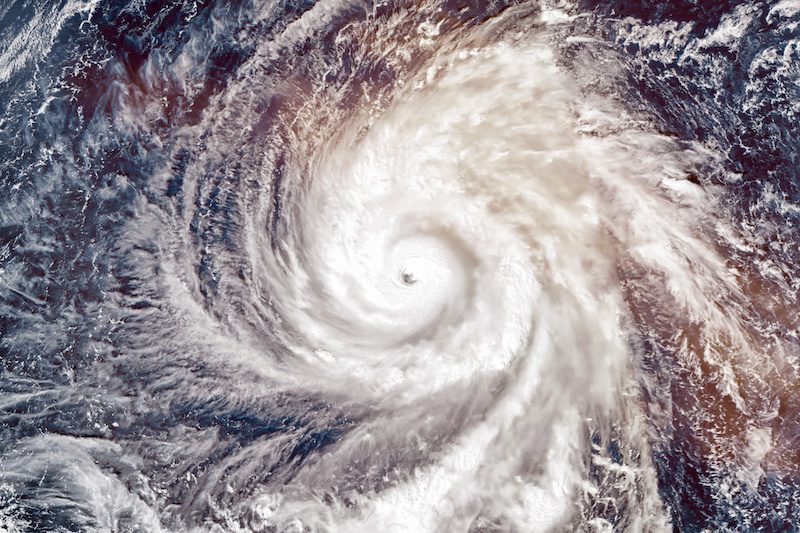With the season’s first cyclone (TC Lucas) having formed off the North-West coast, businesses throughout the State have been reminded to ensure that contingency plans have been established and are in operation.
Government of Western Australia has release a reminder to review contingency plans for the cyclone season in mining and petroleum industry.
Cyclone Veronica leads to operational issues for BHP and Rio
Mines on alert for tropical cyclone
Employers in control of workplaces in cyclone sensitive regions must have adequate plans in place and provide adequate training to protect workers in the event of a cyclone.
According to the Bureau of Meteorology’s Australian Tropical Cyclone Outlook, the cyclone season runs from November to April. Each year an average of five tropical cyclones occur in the North Western sub-region and an average of seven cyclones occur in the Western region.
Tropical cyclones out to sea and inland often cause damaging winds, large and dangerous waves, storm surges in coastal areas and floods. Cyclones can isolate workers by cutting off access to emergency services, roads, transport, power, infrastructure and communications.
Department of Mines, Industry Regulation and Safety Director for Mines Safety Andrew Chaplyn said cyclonic weather conditions increase hazards to workers and may devastate mining operations.
“It is critical for mining and petroleum operators to prepare response plans for the foreseeable risks of cyclones,” Mr Chaplyn said.
“It is equally important to coordinate the plans for sites with multiple employers by appropriately training all workers so that each person knows exactly what actions to take in the event of a cyclone.”
Employers in control of workplaces should consider the following:
- Develop emergency procedures and plans in conjunction with advice from the Department of Fire and Emergency Services (DFES) and local regional emergency planning groups where each individual work site and camp is located.
- Regularly review training and include the plan when providing on-site inductions.
- Detail site-safe actions to be undertaken at all levels of Cyclone Warning Phases. For example: remove or restrain loose objects or structures; have step-by-step plans for the safe evacuation of workers; and have clear communication protocols established for reaching all personnel on site during all cyclone alert warning phases.
- All transportable buildings on work sites in cyclone sensitive regions are to be adequately secured including accommodation units, dongas and offices.
- Plan for a safe and orderly evacuation of non-essential personnel prior to worsening conditions e.g. during the Blue and Yellow Cyclone Warning Phases.
- All personnel remaining on site during the cyclone should move to an appropriate designated shelter well in advance of the arrival of the cyclone.
- Adequate food, drinking water, medical supplies and other essential items are to be available for all isolated workers.
- During the Red Alert Cyclone Warning phase, a reliable emergency backup communication is to be available for contact with external emergency services.
- Cyclone warnings are monitored via radio, television or the Bureau of Meteorology or DFES websites. Battery-powered radios are to be available in the event of power interruptions on site.
Read more Mining Safety News














Add Comment